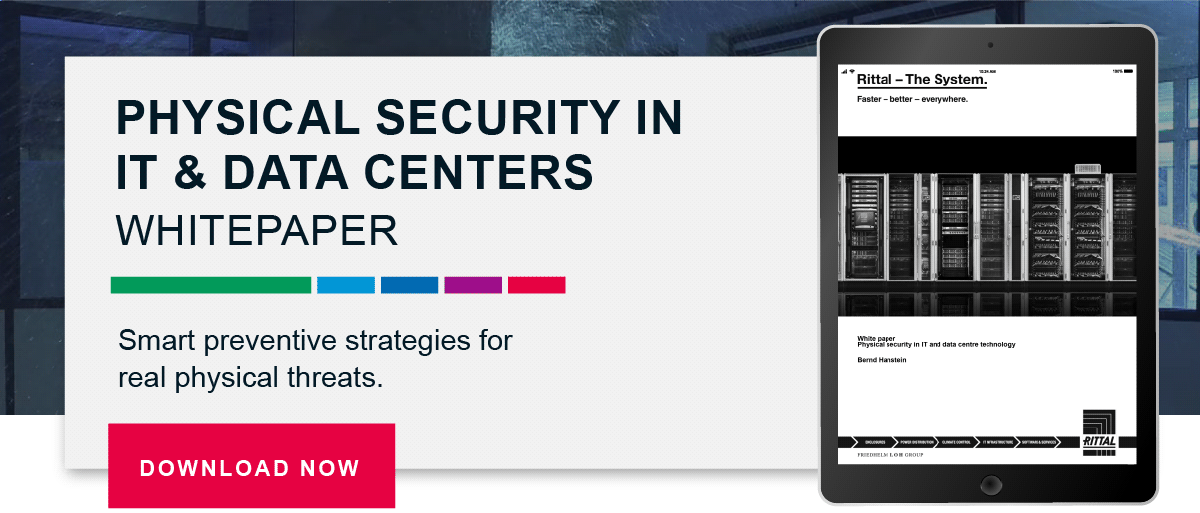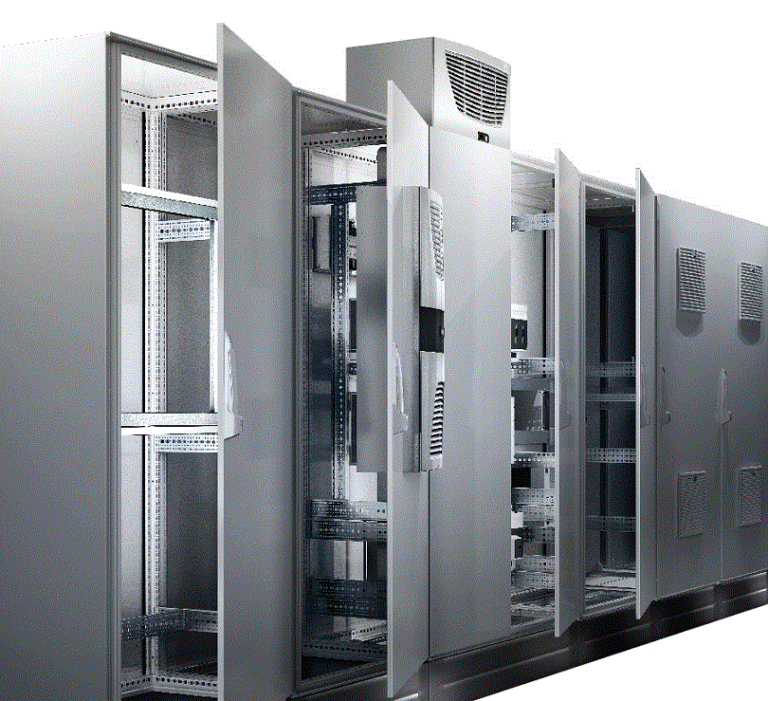The Basics of Climate Control Remote Monitoring
Take Control. Monitor Well. Maximize Uptime.
More than ever, the security of any IT equipment environment — from data centers with thousands of servers, storage systems and associated network components to Edge systems with just a few appliances — is the cause of worry due to numerous vulnerabilities. While all aspects of an end-to-end security framework need proper attention, this article provides a high-level look at the control measures required to counter one potential physical hazard: the climate within an IT environment.
And why climate control as a special area of focus? What features must be in place within from the individual footprint to the entire IT space to ensure maximum uptime of the equipment? How can climate control be optimally integrated into any IT installation? How can management be coupled to system administrators? And does installing climate control components present a potential security threat?
The Basics of Monitoring. The Ability to do it Remotely.
In years past, physically checking an IT environment (measuring temperatures and confirming performance) was the only way to prevent the failure of a critical piece of equipment. Today, it’s important to maintain constant visibility, mostly to ensure overall health of the equipment, power and enclosure.
When a skilled technician isn’t available to regularly manage these systems, remote management tools signal warnings when issues arise, from equipment failure to power loss to hotspots and more. And of course, this becomes increasingly more critical the further out from the data center space. Advanced monitoring tools provide the chance to turn devices on or off, power cycle them or take other corrective actions. And with the addition of machine learning and AI capabilities, `Smart’ climate control systems can provide key information on potential failures, alerting staff to provide maintenance and/or component replacement before something breaks and makes your life miserable. Being able to respond to alerts from afar is vital to maximizing uptime and preventing more serious equipment issues.
A deployment may need to include more plug-and-play applications, with easy installation and limited regular management needed, when technician attention is limited.
Monitoring is also important when planning and maximizing the available space. Small spaces — the classic “IT closet,” modular security room, or even Micro Data Centers — may be enough for businesses with only two or three server racks, yet cooling the IT equipment by controlling the climate remains a top priority. For these, remote monitoring may not be as important, but the peace of mind of having alerts ready can be comforting for anyone responsible for deployment security.
Speaking of available space, an Edge system should have the ability to scale up as needed (quickly adding accessories, reconfiguring the enclosure, compartmentalizing) so the IT equipment can be installed in the same cabinet as the power equipment.
What is Monitored Remotely?
And what potential vulnerabilities does this present?
A deployment’s monitoring system transmits a range of data to anywhere off site:
• Temperature — both internal and ambient
• Set points — for all critical parameters
• Device status — run time, service schedules, etc.
• Real-time alarms (email or text) — using industry standard protocols
Simply put, remote notification of ALL critical operational parameters. Early warning signs or failure situations are met with quick response times. Technicians with administrative rights can alter specific parameters based in real time values, saving valuable time traveling to/from sites to manually check. Just as helpful, the monitoring system stores the data and tracks conditions over time, allowing for better protection decision making in the future.
Adequate video surveillance can be used to monitor activity around the environment, and multiple sites can be monitored simultaneously.
And a last warning for security — Smart equals Vulnerable. Of course there is the network port and on-board SNMP communications. The last thing you want is to be hacked through an AC unit, in row system or CRAC module. Make sure this communications channel is well inside your network firewalls. And then there is the USB port. Again, many of these products have one of these as well to allow for local programming, software upgrades or historical data downloads. Providing super convenient access for inserting some really malicious software. You MUST treat any of these products with the same care you treat EVERY other device on your network.
From The Edge to the data center, and everyplace in between - Climate control should be a top priority, and remote monitoring brings deployment site management to wherever an operator is. Modern communication technology allows access to, and control of, a unit, generating substantial savings and providing true peace of mind. Just be careful.




